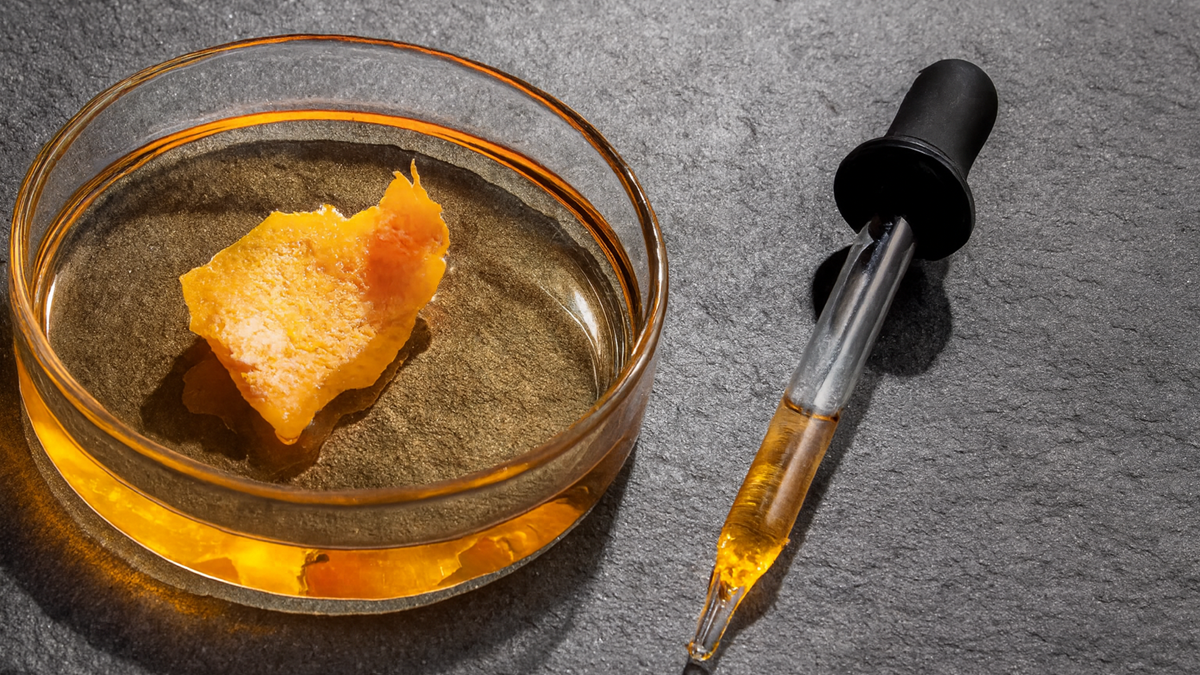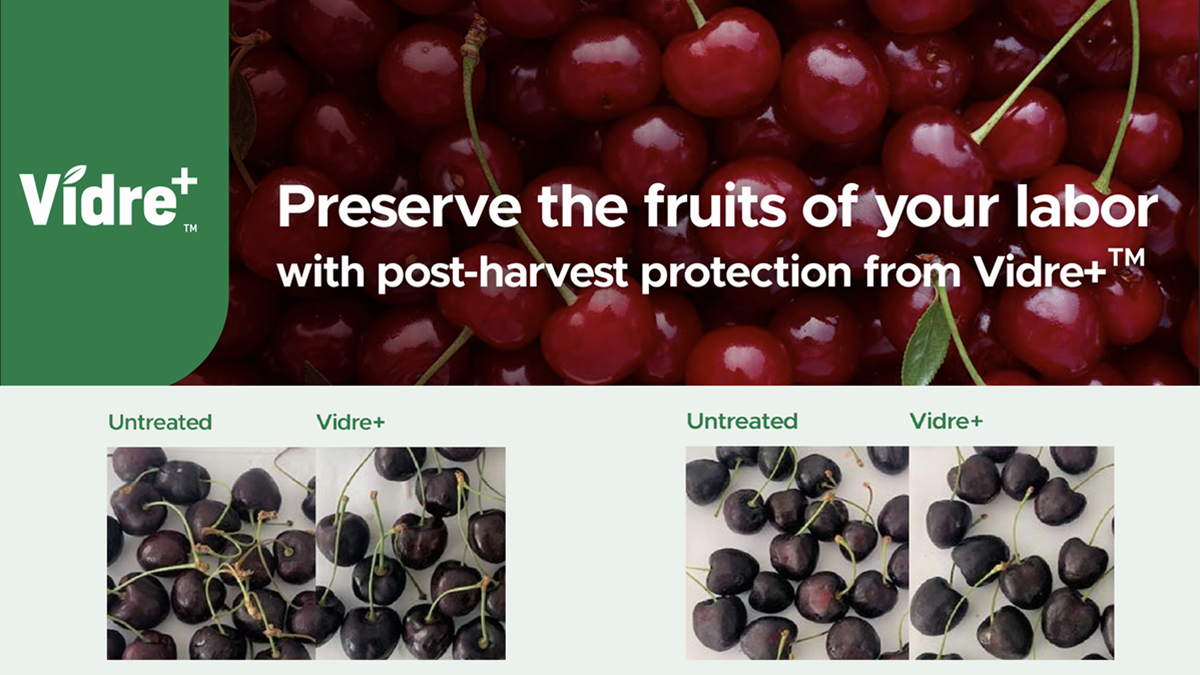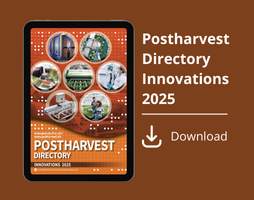Cooling and CA
Key strategies for managing mixed winter fruit loads
During the winter season, citrus, apples, pears, kiwifruit and avocados often move together in mixed loads. Careful control of ethylene and the cold chain is essential to preserve quality and reduce postharvest losses

During the winter season, citrus, apples, pears, kiwifruit and avocados often move together in mixed loads through long domestic and international supply chains. For many operators this is an efficient way to use cooling and transport capacity and to respond to changing demand in different markets.
However, when several commodities share the same environment for many days, small decisions on temperature setpoints, ventilation or product mix can have a big impact on quality at destination. Careful control of ethylene and the cold chain becomes essential to preserve firmness, appearance and shelf life and to avoid costly claims from customers.
Where problems start in mixed winter loads
From late autumn through the first months of the year, fruit moves through long supply chains, often on international routes. To make the most of cooling capacity and transport, operators increasingly work with mixed consignments that combine several species and origins in the same room or container. On paper, each commodity has clear postharvest recommendations and optimal temperature ranges, but the situation changes when they all share the same environment and their different physiologies and sensitivities interact.
In practice, many issues that show up at destination, such as loss of firmness, undesirable colour changes, dehydration or higher incidence of rots, are closely linked to how that mixed load was designed and managed. Understanding these interactions is essential if logistical optimisation is not to result in a loss of commercial value.
The role of ethylene in combined shipments
Ethylene is a natural regulator of ripening, but not all fruits produce it or tolerate it in the same way. Apples and pears are classic examples of climacteric fruit that generate significant amounts of ethylene and, when stored or transported together with other species, can accelerate softening and yellowing. Kiwifruit shows a strong response even at low concentrations, so continuous exposure can bring forward the loss of firmness that was expected later in the season.
In avocados, unwanted ethylene exposure can trigger uneven ripening within a single shipment, with some pallets arriving clearly advanced while others remain too green. Citrus fruits produce lower amounts of ethylene, but prolonged exposure in environments where high producers are also present may speed up rind ageing and favour certain physiological disorders. For this reason, in mixed winter fruit loads ethylene becomes a central element of postharvest strategy, closely linked to species compatibility, transit time and the actual level of ventilation achieved in the room or container.
Balancing temperature and the cold chain
Temperature remains the main tool to slow respiration, extend storage life and limit the development of postharvest diseases. However, each commodity needs a different balance between cold and risk of injury. Citrus fruit benefit from cool conditions, but certain varieties are damaged when they are kept too close to 0 °C for long periods. Apples and pears tolerate lower temperatures better, although they can develop physiological disorders if the temperature fluctuates or is not uniform throughout the room.
Kiwifruit and avocados are more sensitive to chilling injury when stored below their safe thresholds. When building a mixed load, operators usually choose a compromise temperature designed to protect the most delicate fruit without penalising the rest too much. The challenge appears when that decision is combined with uneven air distribution or very full rooms. Small, persistent deviations of one or two degrees can create zones where fruit softens earlier than expected, loses weight through dehydration or becomes more susceptible to decay.
Why load configuration also matters
Beyond the physiology of each commodity, the physical configuration of the shipment has a direct impact on performance. Pallet height and layout, packaging design, alignment of vent holes and overall room occupancy all influence how cold air actually moves through the load. A blocked air corridor, pallets placed too far from the air delivery zone or a combination of boxes with poor ventilation can distort the temperature pattern that was assumed in theory.
To better understand what happens inside these mixed consignments, more operators are relying on data gathered directly from the load. Temperature and humidity recorders placed in representative positions, together with remote monitoring systems for long routes, help identify patterns and weak points that are not obvious from spot checks alone. At the same time, technologies designed to reduce ethylene concentration in rooms and containers are being adopted, especially where climacteric and non-climacteric fruit must coexist, as a complement to more careful planning.
Towards a more strategic management of winter fruit
Experience from recent seasons suggests that a significant share of problems often attributed to poor quality at origin or to “difficult varieties” can actually be traced back to how the load was configured and managed. In a context of high costs, demanding quality standards and long supply chains, mixed winter fruit loads have become a strategic factor in postharvest management.
Defining compatibility groups based on ethylene sensitivity and temperature requirements, reviewing critical points in air distribution in rooms and vehicles, and using historical data to anticipate recurring problems are practical steps that can make a real difference. Seeing the room or container as a dynamic environment where different fruits interact through temperature, ethylene, humidity and time helps support more precise decisions. The better that environment is organised, the greater the chance that winter fruit will reach the market with the quality expected by growers, operators and customers.












